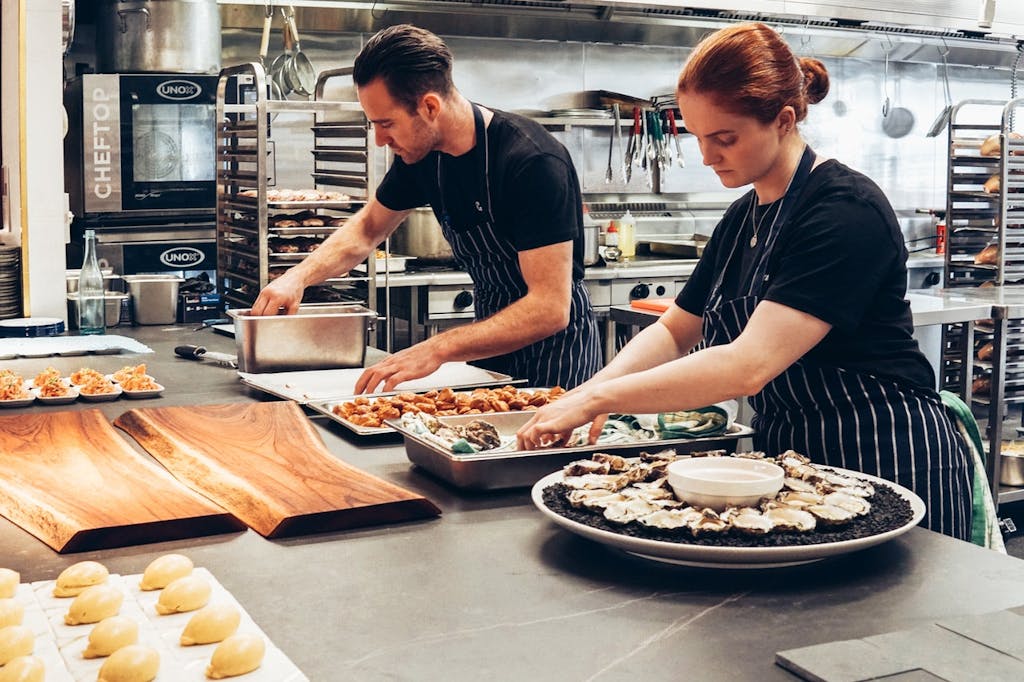Indian recipes are practically designed for weeknights: The cuisine is relatively easy to make, perfect for meal prepping, and (when done authentically) incredibly healthy. In fact, its mix of veggies, fruits, proteins, and grains is just about the ideal balance—and to top it all off, Indian food is bold and delicious.
But if you’re new to Indian cooking (or getting back into it after a long break) picking out the right ingredients and recipes can feel slightly overwhelming. “Whether it’s Indian or American or any other cultural food, it’s not much different,” says Sarika Shah, M.S., R.D.N., a California-based dietitian. “The goal is to have a plant-forward diet in whatever flavor it comes with.”
Is Indian food healthy?
In short, yes. Although it’s impossible to reduce all of India’s regional cuisines into one type of cooking—there are dozens of them—the traditional makeup of most Indian meals balances food groups with ease.
For the uninitiated, Shah explains, Indian meals include a main vegetable dish, a main meat dish, dal (a lentil dish), rice, roti (round flatbread), yogurt, and kachumber (a cold salad). Vegetarians and vegans simply skip the food that uses animal products. In this form, Indian food is balanced and offers fiber, protein, vitamins, and minerals.
But Americanized Indian food can be a different story. In the interest of cooking quicker meals, home chefs often omit the veggies. “All Indian meals have vegetables. But when we assimilate to the U.S., we tend to skip out,” Shah says. “What we’re doing [here] is plating a big bowl of rice, putting some dal on it, and calling it a meal.”
On top of that, Shah notes, an over-reliance on cream and butter (and even ghee, or clarified butter) makes American-Indian cooking heavier than it is traditionally.
How to cook healthy Indian-inspired recipes
“For the non-Indian,” Shah recommends making simple swaps that’ll keep your recipes as nutritious as possible. Shop for roti made with whole-grain flour instead of white flour, for example, or use quinoa, farro, or barley instead of rice. “For the Indian, go back to your roots—go back to the way that [this food] was made.”
Serving yourself is the next opportunity to make a healthy choice. “When you’re plating your food, make sure half of your plate is vegetables, cooked or uncooked,” Shah says. Then, split the remaining half evenly between carbs, like rice or roti (or a little of both), and protein, like a cup of dal, yogurt, meat, or tofu.
Where to buy healthy Indian ingredients
“Go check out the Indian grocery store,” Shah recommends to non-Indian cooks. “I’m not going to ask you to invest in every Indian spice. But if you’re going to make a traditional item like a chole, you can buy a seasoning packet, tomatoes, canned garbanzo beans, spinach, and some onions, and get it cooking.”
People new to Indian cooking shouldn’t be afraid to try new spices: Turmeric, chili powder, coriander, cumin, mustard seeds, cinnamon, cloves, and more, all play big roles on their own and in masalas (seasoning blends) that you can buy at any grocery store.
Is your mouth watering yet? Read on to find our absolute favorite healthy Indian-inspired recipes that are guaranteed to be a hit at your dinner table.
This content is created and maintained by a third party, and imported onto this page to help users provide their email addresses. You may be able to find more information about this and similar content at piano.io

:max_bytes(150000):strip_icc()/types-of-engagement-ring-settings-guide-2000-86f5b8f74d55494fa0eb043dee0de96e.jpg)

More Stories
Low Carb Gluten Free Apple Crisp
Vegetarian Shepherd’s Pie Recipe – Pinch of Yum
Our Favorite Broccoli Cheddar Soup